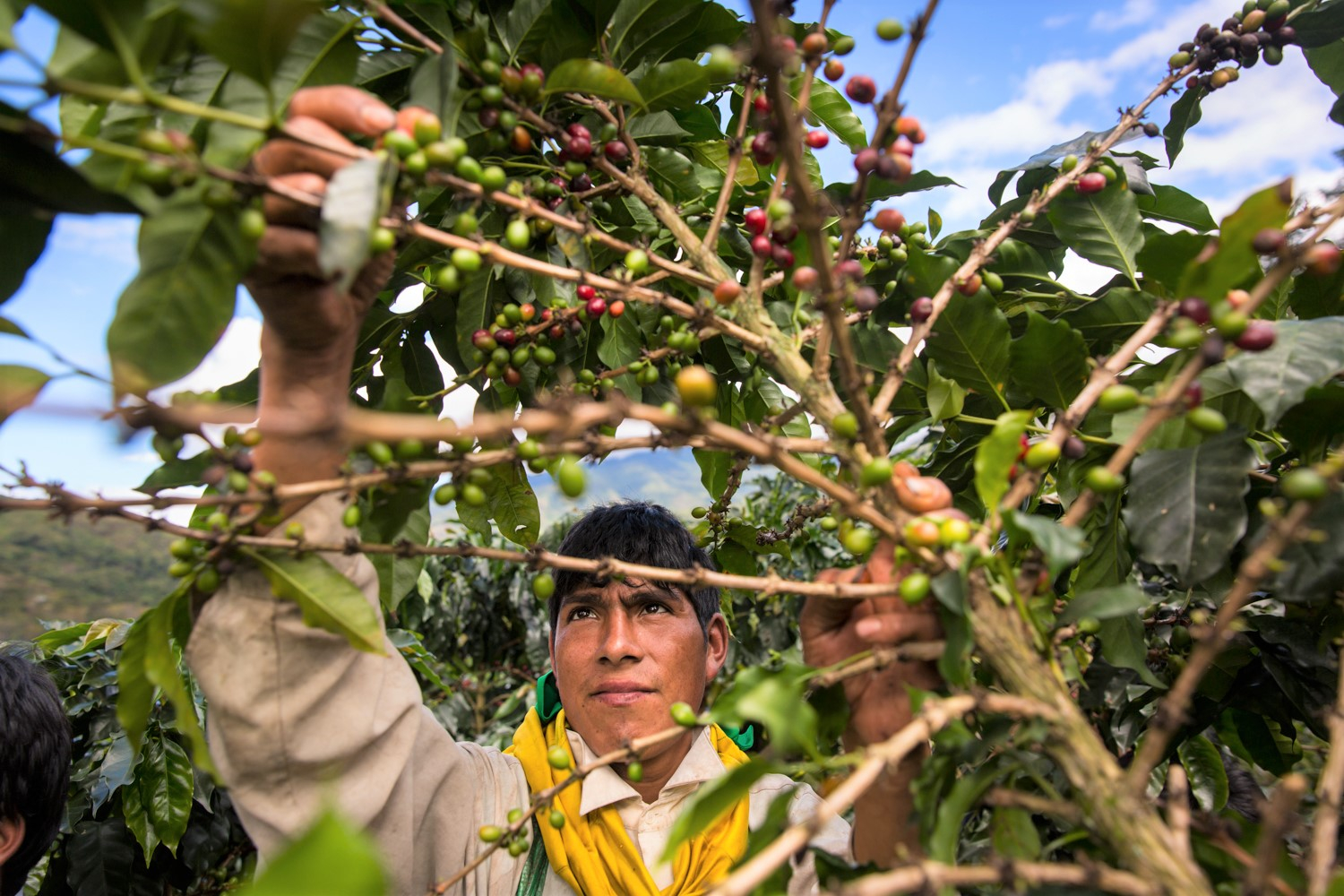
Through a statement, the National Coffee Board (JNC) reported that yellow rust affected 44% of the hectares harvested nationwide.
The outlook is adverse: not only this fungus, but also the prospect of low prices and the uncertainty to comply with the tough demands of the European Union to prove the non-deforestation of coffee farms.
“In the absence of effective measures by the authorities, it is likely that private operators will decide to refrain from purchasing, at least in the short term, products without traceability guarantees,” commented Javier Sánchez, consultant to the European Commission.
On the other hand, Tomás Córdova, president of the JNC, pointed out that they are “bewildered” about what awaits the Peruvian coffee industry; and he questioned the ability of the Ministry of Agrarian Development to confront the problems.
“This is aggravated by the opacity of the Government, especially Midagri, to confront yellow rust. In these circumstances, we are forced to look for other work alternatives, which are not many in the coffee-growing areas,” he said.
It should be added that the regions most affected by yellow rust are Vraem (61%), San Martín (54%), Puno (49%), Ucayali (48.9%), Huánuco (45%), Junín (42%) and Amazonas (35%).
Source: Larepublica
Alia is a professional author and journalist, working at 247 news agency. She writes on various topics from economy news to general interest pieces, providing readers with relevant and informative content. With years of experience, she brings a unique perspective and in-depth analysis to her work.












